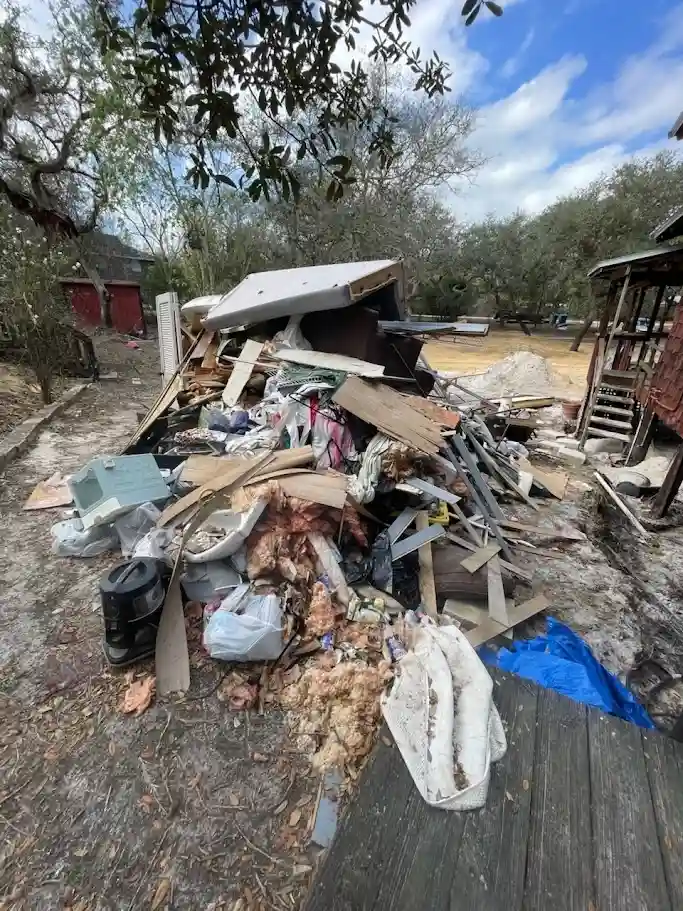Efficient Affordable Above Ground Pool Removal Services in Elberon, IA
Elberon, IA turns to AAA Rousse Above Ground Pool Removal Services for reliable above ground pool removal services, from full decks to old frames. When homeowners in Tama County need more yard space, we’re the ones they call to remove pools.
The whole project is managed by our experienced team where we handle the dismantling of frames and hauling off decking, liners, and debris. The yard is left spotless and safe, ready for your next outdoor idea.
We’re the first call before replacing pools, preparing for sales, or refreshing a yard. With the right resources, pool removal is hassle-free. Book now online for AAA Rousse Above Ground Pool Removal Services.
19+ Years of Experience
Providing dependable above ground pool removal services since 2006
Serving 49 States
Local crews covering nearly every corner of the U.S.
34,000+ Jobs Completed
From small pickups to major property cleanouts
138,700,000+ lbs Removed
Trash, debris, furniture, boats, RVs, and more
Eco-Friendly Waste Disposal in Tama County
Whenever possible, we donate to trusted organizations like:



Quick and Professional Above Ground Pool Removal Services
FAQ: Affordable In-Ground and Above Ground Pool Clearing and Disposal
-
Do I need a permit for pool removal in Elberon?
For most standard backyard swimming pools, no special permit is needed, but we recommend checking with local officials for full clarity.
-
What kind of equipment do you use?
We use heavy machinery and professional-grade tools to ensure safe and efficient dismantling service.
-
Are your demolition services insured?
Yes, we are licensed and insured for all demolition and removal jobs.
-
Is pool demolition messy?
Demolition involves noise and debris, but we prioritize keeping the process as clean and disruption-free as possible.
-
Do you provide disposal services for the debris?
Yes. We include full above ground pool removal and disposal service as part of every project.
-
What does the removal and disposal process include?
The process includes draining the water, demolishing the structure, hauling away debris, and final site cleanout.


